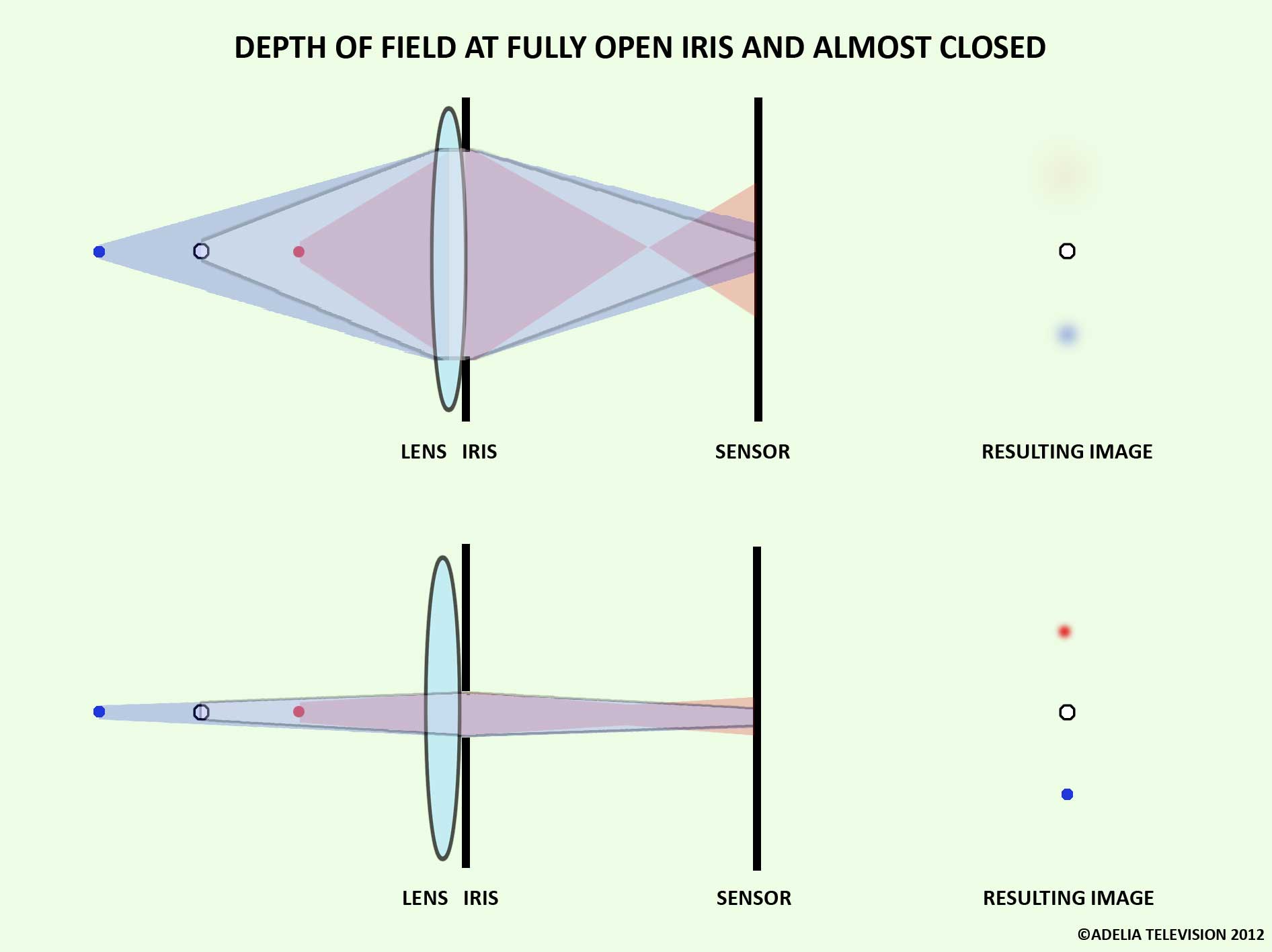Re: Duplicate APS-C and 17-55 2.8 IS in Full Frame?
another thing i thought of was do you really need the zoom?
what about the new canon 35mm f2 IS I can see this on a 6D being a pretty killer combo for what you shoot
I tried one out but went for the sigma 1.4 instead as i was after the sharpness over the IS but I can definately see why you want the IS and it still is a really well built lens
I'd have a look at what focal lengths you typically shoot, from those posted they look alot like around about the 35mm range
flash doesnt bring anything into focus though it just makes in focus objects it lights sharp due to the very high effective shutter speed given by the instantaneous flash burst
it just makes in focus objects it lights sharp due to the very high effective shutter speed given by the instantaneous flash burst
jon_charron said:wickidwombat said:Ummmm I dont quite think you understand the concept of DOF here flash and DOF are two completely mutually exclussive aspects. ie flash has precisely zero effect on DOF. DOF is a function of the lens and sensor the flash simply provide light for the exposure.
I understand DOF and the fact that a FF sensor has thinner DOF than crop with same lens. I think I am misunderstanding the relationship between flash and DOF, but after years of taking photos, my recollection is that flash will bring slightly more into focus than without it. Could be wrong. I admit I switched to a crop back about 6 years ago and have done most of my shooting with that, but even my 35mm film days I recall a flash bringing more into focus. I know the flash stops action and brings the subject into focus, so I'm thinking my mind is fooling me in the light's relationship to DOF.
In any case, I'm not concerned about DOF. 2.8 on FF and a flash should be fine for this kind of photography. I'll still have my subjects plenty in focus, and I can always turn it to f4 if DOF is too thin. If f4 is the only option in the Canon line, then hopefully that works. If not, I'll sell it and try the Tamron. For video, that thinner DOF a 2.8 provides would be much more valuable. I wish Canon made a wide zoom L lens that was 2.8 IS or faster.
another thing i thought of was do you really need the zoom?
what about the new canon 35mm f2 IS I can see this on a 6D being a pretty killer combo for what you shoot
I tried one out but went for the sigma 1.4 instead as i was after the sharpness over the IS but I can definately see why you want the IS and it still is a really well built lens
I'd have a look at what focal lengths you typically shoot, from those posted they look alot like around about the 35mm range
flash doesnt bring anything into focus though
Upvote
0



